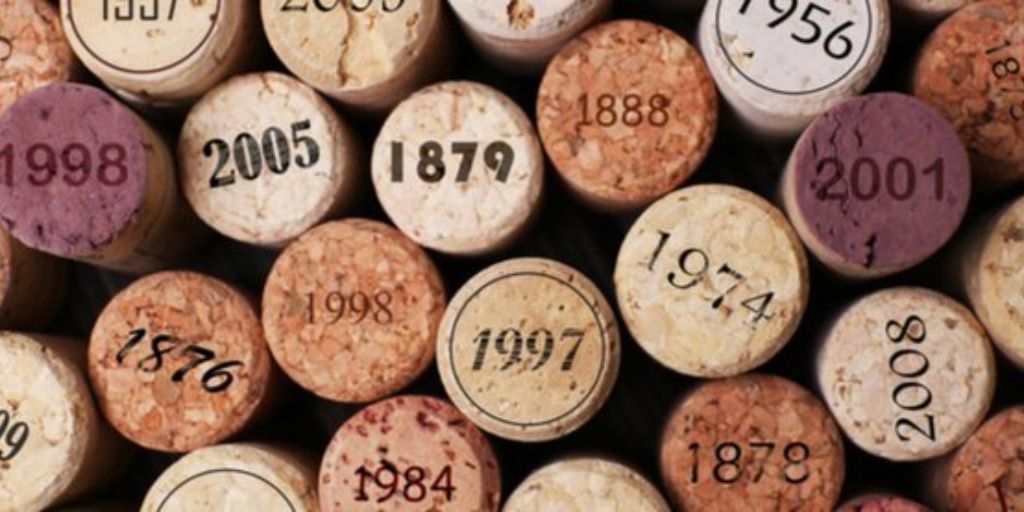Wine is a global phenomenon, but not all wine is created—or classified—the same way. If you’ve spent any time browsing a wine list or shopping at a store, you’ve likely heard the terms “Old World” and “New World.” These labels divide the wine world into two broad camps, each with its own history, traditions, and styles.
But what exactly do these terms mean, and how do they affect the wine in your glass? Let’s dive into the key differences between Old World and New World wines and why it matters to wine lovers.
Defining Old World and New World
At its simplest, “Old World” refers to wines from Europe and parts of the Middle East where winemaking traditions have ancient roots. Countries like France, Italy, Spain, Germany, Portugal, and Greece fall squarely into this category. These regions have been producing wine for centuries—sometimes millennia—with deep cultural and agricultural ties to the craft.
“New World” wines, by contrast, come from countries where viticulture was introduced more recently, typically through European colonization. This includes the United States, Australia, New Zealand, Chile, Argentina, South Africa, and parts of Asia. While these countries have developed thriving wine industries, their histories are much younger compared to the Old World.
Climate and Terroir
One of the biggest differences between Old and New World wines lies in climate. Old World wine regions generally have cooler, more temperate climates, especially in classic areas like Burgundy, Bordeaux, and the Mosel Valley. These cooler conditions mean grapes ripen more slowly, retaining higher acidity and often producing wines with more restrained fruit flavors and lower alcohol content.
New World regions tend to have warmer, sunnier climates—think of Napa Valley in California, Barossa Valley in Australia, or Mendoza in Argentina. The extra heat helps grapes ripen more fully, which typically results in wines with bolder fruit flavors, higher alcohol, and a rounder, fuller body.
Of course, there are exceptions within both categories, but broadly speaking, climate plays a significant role in shaping the overall style of wines from each region.
Wine Style and Flavor Profiles
Old World wines are often described as “earthy,” “minerally,” or “elegant.” Because of their cooler climates and traditional winemaking techniques, these wines emphasize acidity, structure, and subtlety over overt fruitiness. They often express a strong sense of “terroir”—the unique characteristics of the soil, climate, and geography where the grapes are grown.
New World wines, on the other hand, tend to highlight ripe fruit flavors—think blackberries, plums, peaches, or tropical fruit—depending on the grape variety.
They are typically more approachable when young, with softer tannins and less pronounced acidity compared to their Old World counterparts. This makes New World wines particularly popular with consumers seeking bold, fruit-forward styles.
Winemaking Philosophy
Tradition plays a central role in Old World winemaking. Many producers follow time-honored methods passed down through generations, often with strict regulations governing everything from grape varieties to aging requirements.
For example, in France’s Bordeaux region, only certain grape varieties are permitted, and wines must meet specific criteria to carry prestigious appellation labels.
In the New World, winemakers generally have more freedom and flexibility. They’re often more experimental, blending different grapes, trying new fermentation techniques, and pushing creative boundaries. This open-minded approach has led to innovations like oak-aged Chardonnays and bold blends that might not fit into Old World rulebooks.
Labeling and Classification
If you’ve ever struggled to decipher a wine label, you’re not alone. One clear difference between Old and New World wines lies in how they are labeled.
Old World wines usually emphasize place over grape variety. A bottle of Bordeaux, for instance, may not list the grape types on the front label because it’s assumed that knowledgeable consumers know the region’s standard blends (Cabernet Sauvignon and Merlot, in this case). This reflects the Old World focus on terroir—the belief that the location imparts essential characteristics to the wine.

New World wines, in contrast, highlight the grape variety front and center. A California wine label will proudly display “Cabernet Sauvignon” or “Chardonnay,” making it easier for consumers to identify what they’re buying, even if they’re unfamiliar with the region.
Alcohol Content
Due to their typically warmer climates and riper grapes, New World wines often have higher alcohol content—sometimes topping 14% or even 15%. Old World wines generally hover around 12% to 13%, though there are exceptions, especially in warmer European regions like southern Italy and Spain.
For some drinkers, this difference can influence their preferences. Higher alcohol wines often feel fuller-bodied and more powerful, while lower-alcohol wines can taste lighter and more delicate.
Aging and Longevity
Old World wines—especially prestigious reds like Bordeaux, Barolo, and Rioja—are often crafted with aging in mind. Their firm structure, acidity, and tannins allow them to develop complex flavors over time, making them prized by collectors.
New World wines are typically made to be enjoyed sooner rather than later. While some high-end bottles from places like Napa Valley or Coonawarra can age beautifully, many New World wines are crafted for immediate appeal, offering bold flavors and smooth textures right out of the bottle.
Which Is Better?
The Old World vs. New World debate is a long-standing one, but the truth is, neither category is inherently “better.” Each has its strengths and unique appeal. If you appreciate subtlety, minerality, and a sense of tradition, Old World wines might be your style. If you love bold fruit flavors, smooth textures, and innovation, New World wines could be your go-to.
The best approach? Explore both. Wine is a vast and varied world, and tasting across regions and styles is one of the joys of being a wine lover. By keeping an open mind and a curious palate, you’ll discover plenty of treasures on both sides of the Old World/New World divide.


